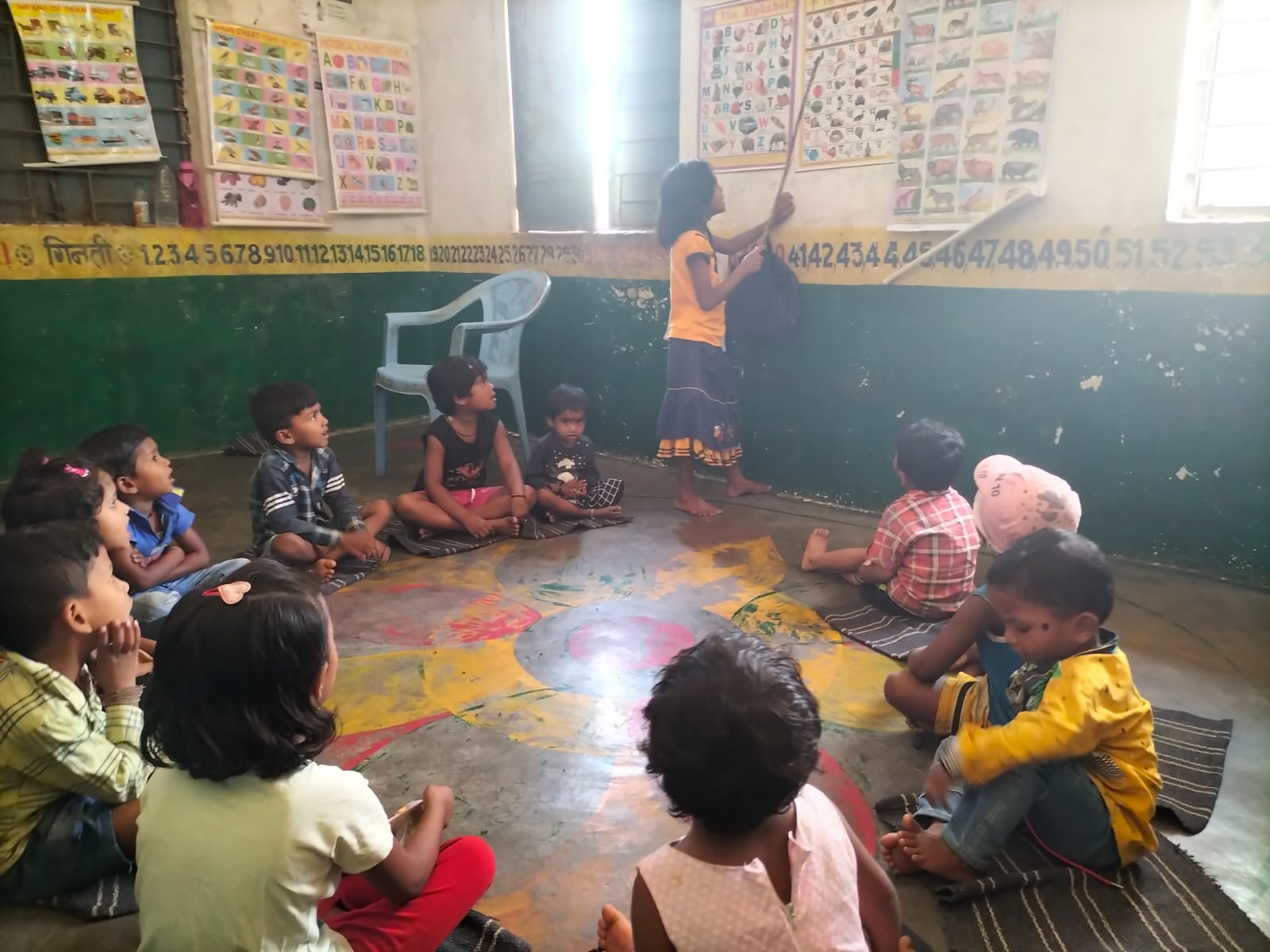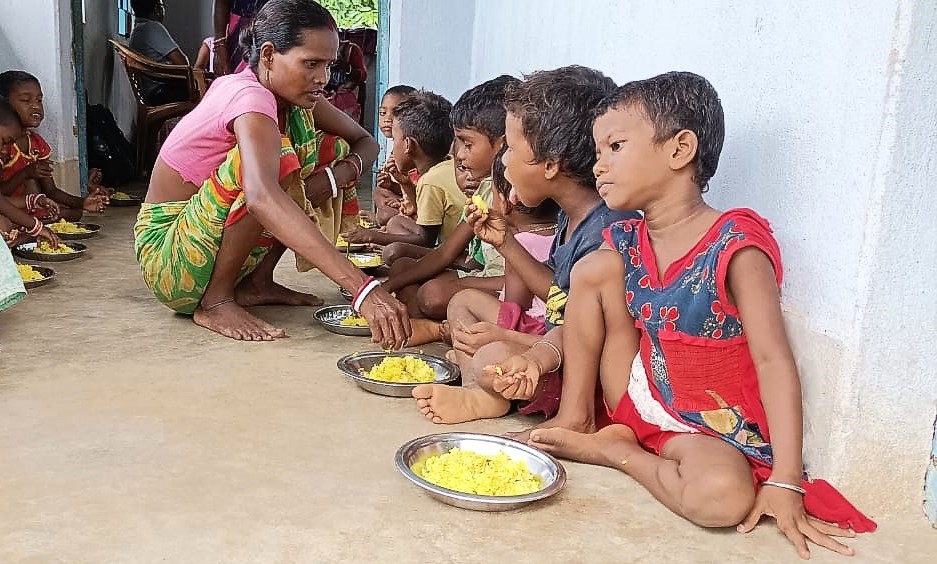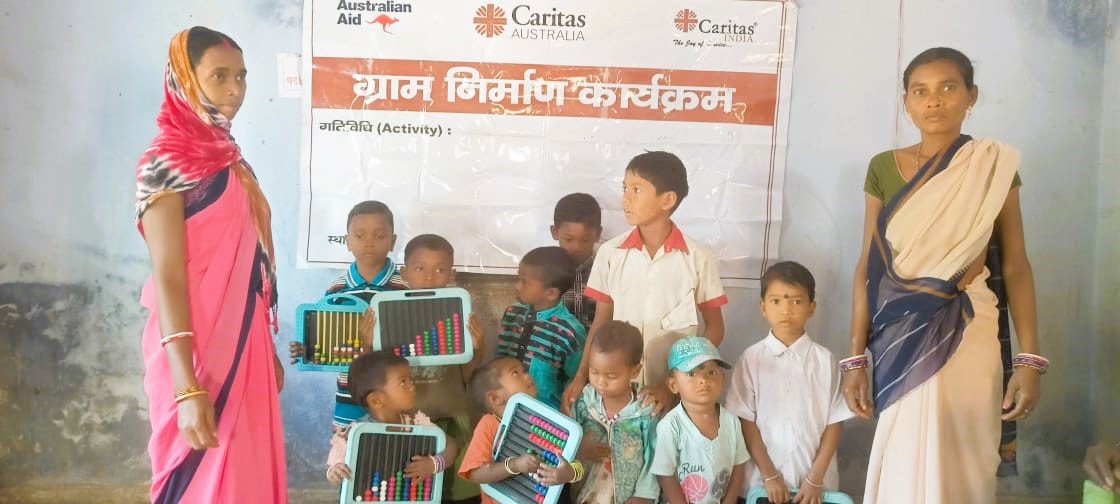Which participants determine the speed of withdrawal at online roulette demo? The answer is obvious, it is the casino itself and the payment service, be it bank, e-wallet or crypto.
Aid given in educational material improves learning ecosystem and spurs Anganwadi attendance
The number of kids attending Anganwadi centres has increased. The colourful pictorial charts featuring alphabets, fruits, flowers, animals, vehicles, body parts, and numerals are attracting more children to the anganwadi. The children now have new learning and sports materials for their outdoor and indoor games.
Children are learning quickly; today they can read and write both Hindi and English alphabets, numbers, and plant, animal, and flower names. Through the construction of playsets, the setting of charts, the use of playthings like balls, etc., they are also able to strengthen their cognitive brain growth.
The learning materials were supported by Caritas India’s Gram Nirman programme, which is operational in 165 remote villages in Jharkhand and Chhattisgarh with funding from Carita Australia. For many children, it was the first time to learn using different tools, rather than books. The anganwadis are transformed into vibrant spaces for learning and growth. The Gram Nirman programme has supported 55 such Anganwadi centres to provide learning and recreational items in both Hindi and English.
Anganwadi centres were set up under the Integrated Child Development Services programme to combat child hunger and malnutrition by the Government of India. The centre aims to offer services related to supplemental nutrition, non-formal education for preschoolers, immunisations, physical examinations, nutrition and health education, and referral services. Unfortunately, the centres are not visited much by women or children due to a lack of proper infrastructure, facilities, and learning environments.
The community has raised the issue that Anganwadi teachers and helpers use their native language to interact with children at the pre-primary level or at the anganwadi level. Though this aids the child to learn and understand with ease due to their common tongue, at the same time it creates a hindrance when they are transferred to a formal school with a suitable curriculum, methodology, and a new language (mainly Hindi). This increases reluctance towards school and many times results in dropout.
It has been seen in rural settings that as children transition to formal schooling systems, their dropout rates and resistance to formal education both increase. A recent survey by the National Statistical Office (NSO) has revealed that around 12.6% of students drop out of school in India, 19.8% discontinue education at the secondary level, and 17.5% drop out at the upper primary level. There could be multiple reasons behind the same, which include help in domestic work, economic conditions, and lack of interest, which were found to be the topmost causes of discontinuing education.
A study reveals that from birth to age 5, a child’s brain develops more than at any other time in life. And early brain development has a lasting impact on a child’s ability to learn and succeed in school and life. The quality of a child’s experiences in the first few years of life—positive or negative—helps shape how their brain develops. The child at this age becomes curious about knowing new things about his surroundings. The child asks numerous questions about the objects around him. This is an age of curiosity. They love colourful images and grasp them. 90 percent of a child’s brain develops during the first three years of her or his life.
Now that the children in the Gram Nirman programme areas are able to recognise and understand both Hindi and English, it becomes easier for them to adapt to the formal school system. The community and Anganwadi workers are happy to express gratitude for the support given by Caritas Australia and Australian Aid, as well as Caritas India, to support the rural children in enhancing their mental and physical growth.
Copyright Caritas India 2013 ! Developed by Neural Info Solutions Pvt. Ltd.

















































